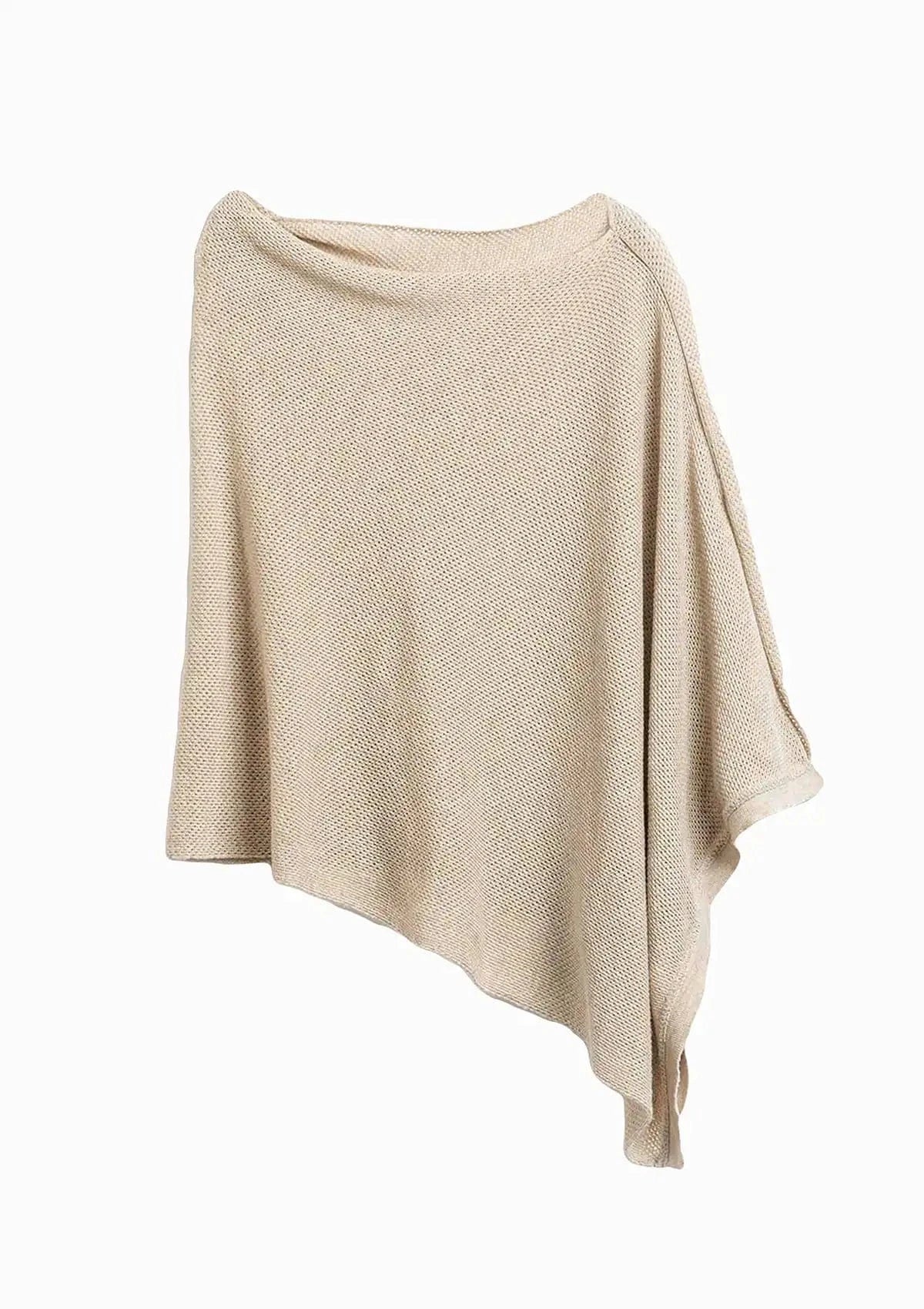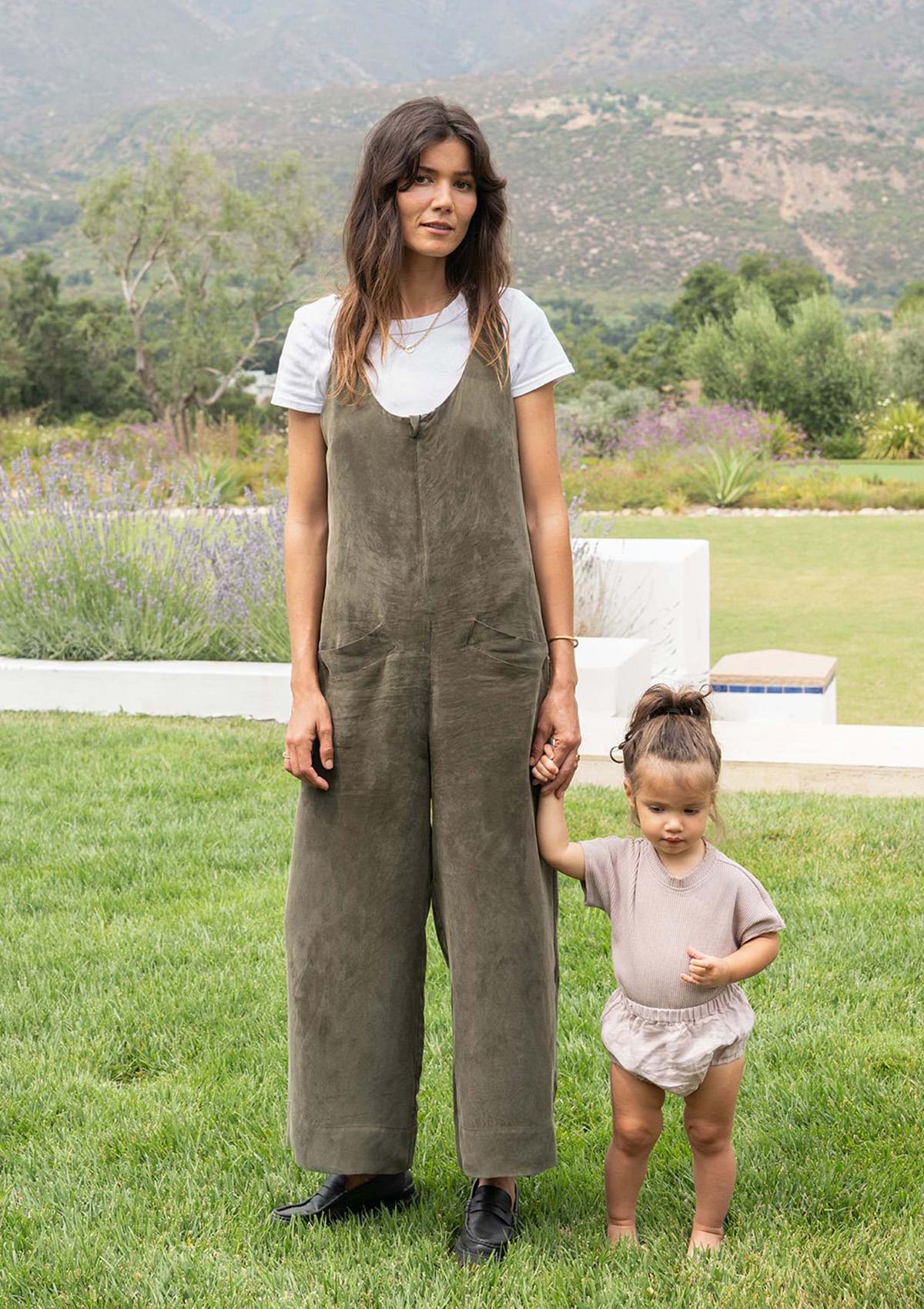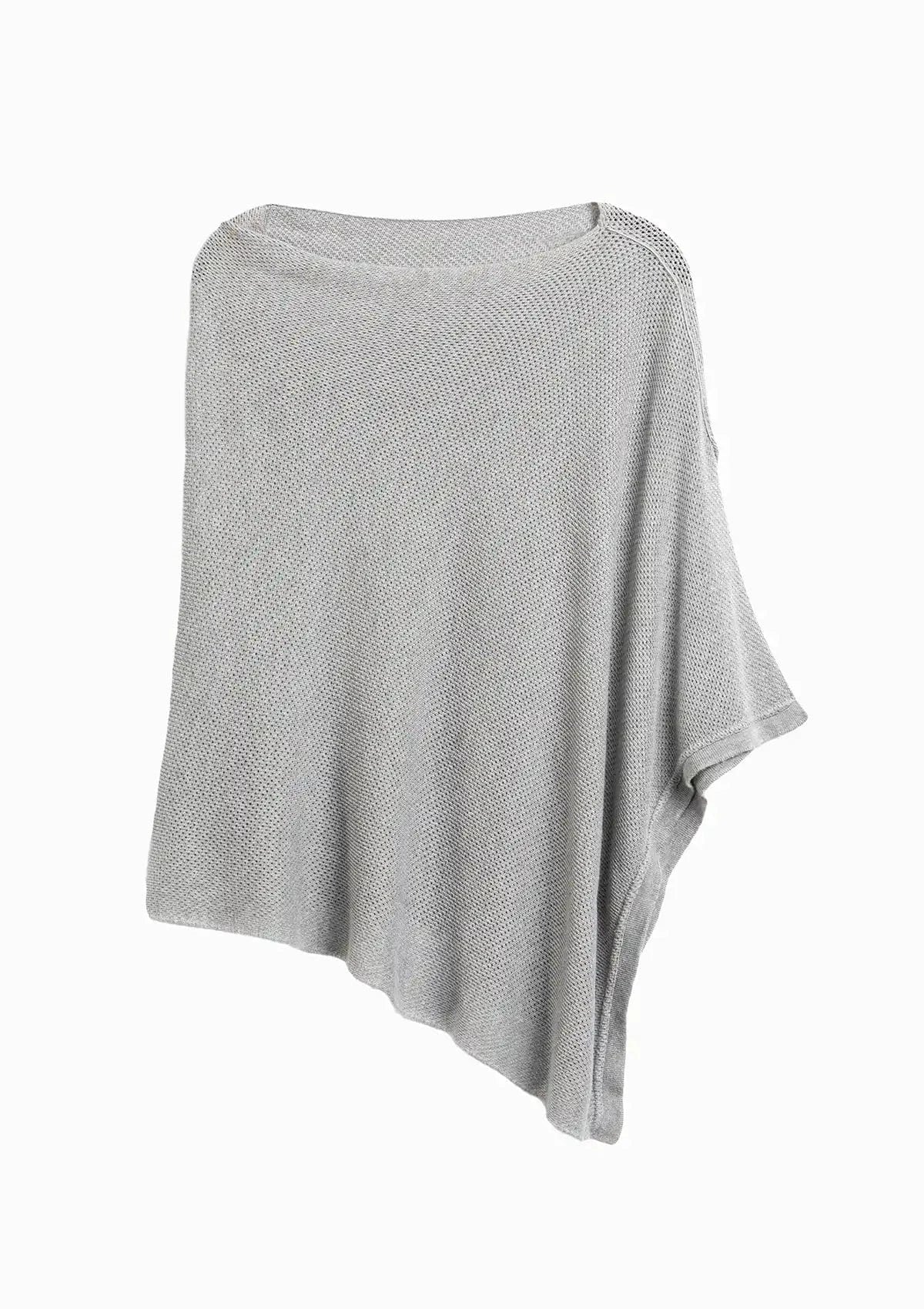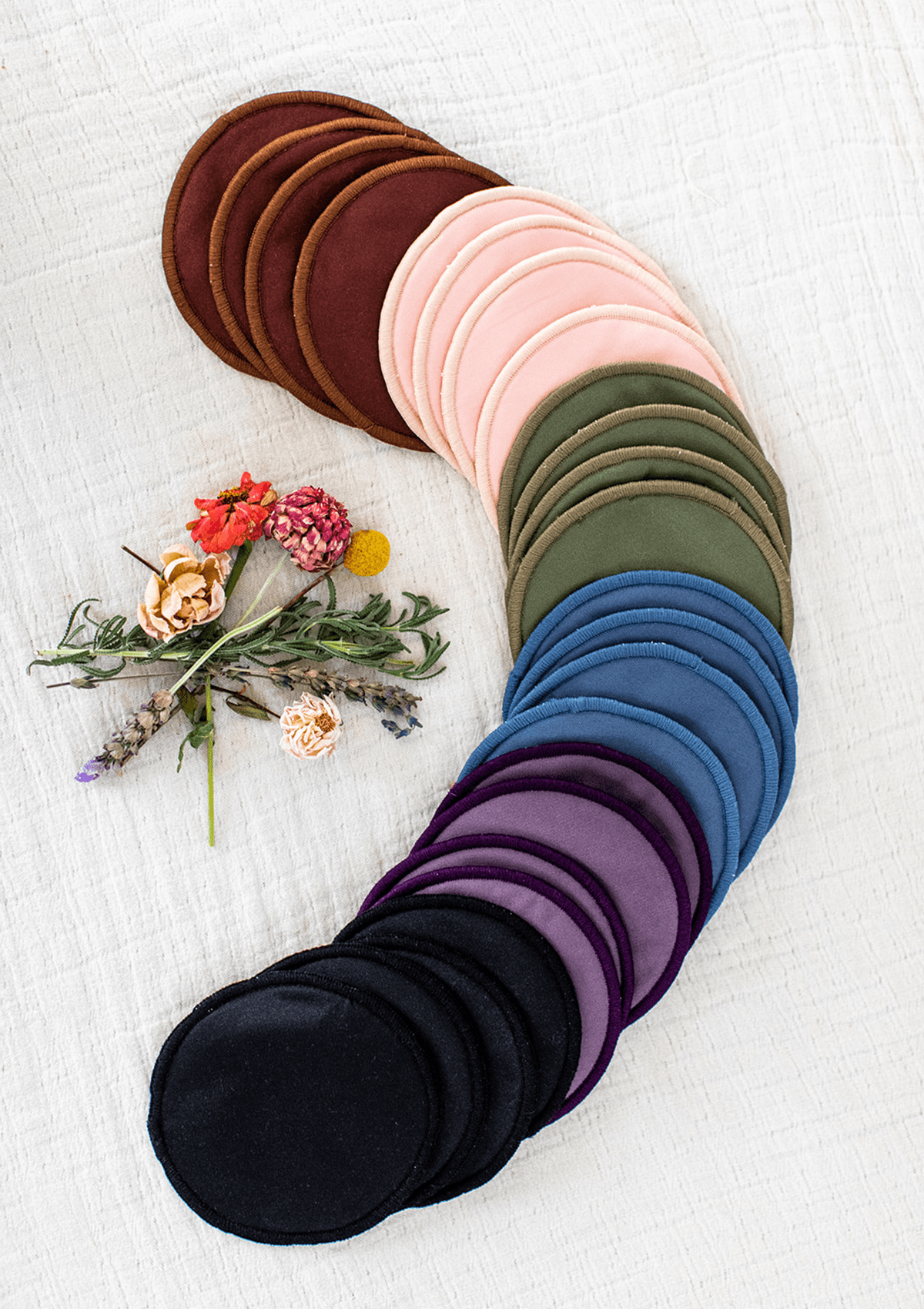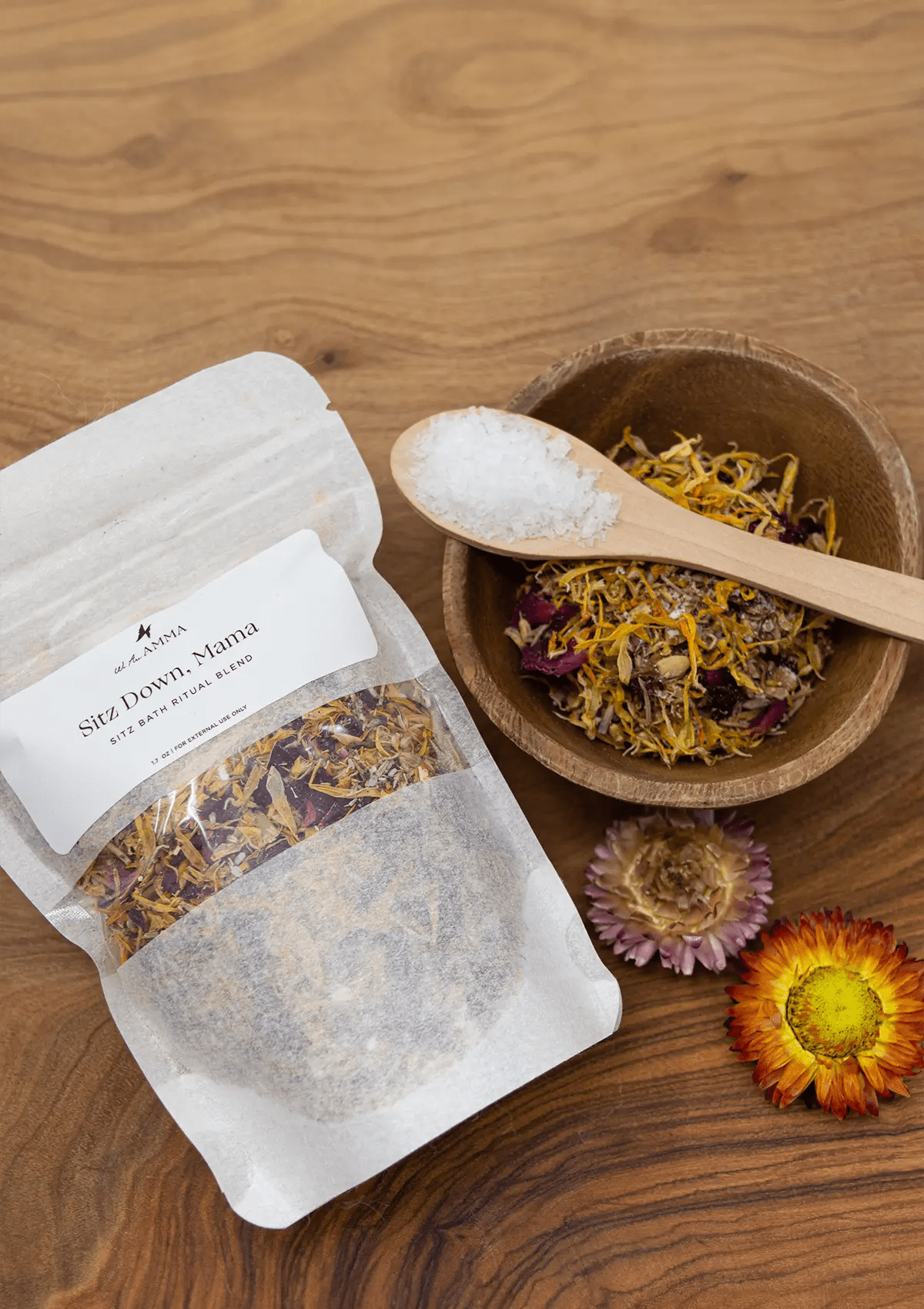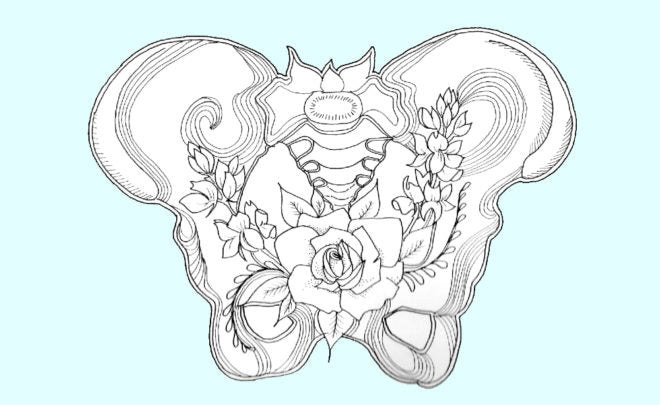
To kegel or not to kegel? Tips for a Healthier Pelvic Floor
Your pelvic floor. Yes, you have one...but what is it, where is it, and why is it so important to your overall health (especially postpartum)? We chatted with board-certified pelvic health physical therapist Sara Reardon, aka The Vagina Whisperer, to demystify and destigmatize this crucial part of our bodies and to learn how to properly strengthen it (spoiler alert: it’s more than just Kegels)!
“Working with a vagina is like working with a foot; it’s just another part of the body...a really important part of the body!”
What and Where is the Pelvic Floor?
The pelvic floor is a basket of muscles (like a hammock) at the base of the pelvis that holds your pelvic organs in place: the bladder, rectum, and uterus. It also includes the 4 external sphincters: the urethral, vaginal, and anal openings, and the clitoris. We want these muscles to be strong to do things like hold in pee and poop, but we also want to be able to relax them to do things like birth a baby. Unfortunately, we often don’t pay much attention to them until they aren’t working for us!
Good news? There is SO much we can do before and after birth (and even just in general) to be proactive about our pelvic health.
Umm...I’m already uncomfortable with this topic!
Hey, we get it...it IS hard to talk about! A lot of people think that pelvic floor issues are normal (like leaking a little pee for the rest of your life after you have a baby), because the subject has been so taboo. Plus, there is not enough conversation or attention around postpartum healing in general, so we are sending women home with brand new babies and brand new bodies with precious little support. The best way to destigmatize it is to talk about it! And not just with each other; medical providers need to learn the right questions to ask and how to provide better resources for people struggling with pelvic floor challenges.
How can I know if I have an issue with my pelvic floor?
Here are some common, but definitely NOT normal, symptoms of pelvic floor dysfunction: urinary/rectal leakage, chronic UTIs, frequent urination, pelvic pain, tampon insertion pain, pain with intercourse, or pain with pelvic exams.
I’m not having any obvious problems, so how do I keep my pelvic floor healthy?
Biggest thing you can do? Learn how to pee and poop correctly (yes, there’s a right way)! When you pee, sit and chill...don’t “power pee” or push your urine out. This can put unnecessary pressure on your pelvic floor and cause weakness over time. Ditto for pooping; don’t strain or hold your breath. And embrace the gospel of the Squatty Potty!
Beyond the bathroom, you can make sure you are properly engaging your pelvic floor muscles during high intensity exercises or heavy lifting (ahem, parents with hefty car seats/strollers, we’re looking at you). Take walking and breathing breaks during the day...we are generally too sedentary and that leads to restricted blood flow to our pelvic region. You can also stretch! A deep low squat (toddlers are champions at this; watch them for tips on form) is great for tense pelvic floor muscles as well as hip flexors, as are yoga moves like child’s pose.
I AM having obvious problems, so how can I GET my pelvic floor healthy?
Different things will help depending on what the issue is, and this is where consulting a physical therapist who specializes in the pelvic floor can be vital. Kegels are not for everyone, and could actually be causing you more problems if what you need to be focusing on is lengthening or relaxing your muscles. A specialist can assess you and give you exercises tailored to your body and your needs.
Mama Pro-Tip → if you are postpartum and are experiencing vaginal dryness, breastfeeding is the likely culprit. Your estrogen levels drop to allow prolactin (pro-lactation...get it?) hormones to increase, but lower estrogen levels mean thinner and more fragile vaginal tissue. Sara recommends a water soluble lubricant or some coconut oil to make sex more comfortable, and moisturizing with coconut or vitamin E oil on the vulvar and vaginal tissues to improve day-to-day irritation.
Common Questions:
I’m 2 years postpartum...can I still do something about my pelvic floor?
YES! It’s never too late (after all, we are technically postpartum forever 😉 ) and pelvic floor care should be a lifelong thing, as common as your annual pap smear or wellness visit.
My exercises haven’t worked. When is it time to seek professional help?
Generally one-on-one attention is really important...sometimes the exercise might not be right for you or you may be doing them improperly. Timing matters too; you need to train the muscles to work in the moments where you actually experience problems (like leaking pee when you cough/sneeze/laugh/run, etc.).
How do I know if I’m doing my Kegels correctly?
You can try to stop your pee midstream to locate the right muscles, and then can use a mirror to watch yourself Kegel. But one of the best ways is to work with a physical therapist who can teach you the proper technique and timing. A PT can also help teach you to push (the opposite of a Kegel) if you are prepping for childbirth.
Queefing! How do I fix it?
Probably one of the most embarrassing pelvic floor issues, a queef is basically a vaginal fart...air gets trapped in the vagina due to weaker pelvic floor muscles and then when you move in certain ways (yoga, sex, etc.) it releases...audibly! This is where timing your exercises matters; learning to integrate pelvic floor contractions with movements like downward dog. It takes time and practice...just like any other muscle training workout.
I was told during childbirth that my pelvic floor was too strong. I didn’t do exercises, so what could I have done differently?
What a thing to say to a person in labor! The reality is a lot of us just hold tension in our muscles and this includes the pelvic floor. We want those muscles to be strong to support baby but we also need to learn how to relax them...physical therapy can help with that. However, it’s also on birthworkers and care providers to educate themselves and know how to help laboring mamas release those muscles during childbirth.
How long after birth is it not normal to still feel pressure down there?
If, after 6 weeks, you still feel pressure/heaviness, it’s a good idea to check in with a PT and get assessed.
My doctor said I had to lose weight before trying to strengthen my pelvic floor, is this true?
Um, NO. You can start at any BMI just like you can with any other strengthening exercise; pelvic floor health is valuable and important no matter what age, gender, weight, etc. you are!
I still leak pee even after pelvic floor physical therapy. Help!
Leakage is a sign that the muscles aren’t quite where they need to be; you might simply need a refresher visit! Also, make sure you’re using the muscles when you need them (i.e. do a Kegel contraction to prevent pressure from a cough or sneeze).
Are pelvic organ prolapses reversible?
“Prolapse” sounds scary, but it’s basically when the “basket” of pelvic floor muscles gets lengthened/stretched out and the contents sink a bit. It feels like pressure or heaviness, like something is falling out of your vagina. More severe prolapse may need surgical intervention but physical therapy (as well as modifying certain activities or exercises) can absolutely improve milder prolapse. You can also give those hardworking muscles a break at night by lying on your back with a pillow under your hips to relieve some of the pressure.
Can I do pelvic floor exercises while pregnant?
Yes; which ones depends on where you are in your pregnancy. During the first two trimesters, you can focus on strengthening; integrating those core contractions (belly in, pelvic floor lifted) into whatever other exercise you may be doing. During the third trimester, focus more on relaxation...softening and opening to prepare your body for birth. A yoga-based program is great during this time, as are deep squats and diaphragmatic breathing exercises.
Pain during intercourse...is this just my new normal?
While it’s expected to have some mild discomfort the first time or two you have sex postpartum, pain during sex is NOT normal and doesn’t have to be inevitable! It could be any combination of postpartum scar tissue, vaginal dryness due to hormones, fascial restriction after a cesarean birth, and muscle tension. Besides using a good water-based lubricant and taking your time with your partner, a specialist can help you learn to relax your muscles and implement specific intravaginal release techniques as well.
How can I find a pelvic floor physical therapist?
One of the best ways is word-of-mouth, of course...ask other mamas you know and trust. You can also ask your provider for a referral and it doesn’t have to be your PCP; acupuncturists, nutritionists, mental health therapists, doulas, midwives...they are all great resources. Finally, you can go to Sara’s website and join her V-Hive community for online classes and other resources!
Check out these IG accounts for more pelvic floor health goodness:
My Pelvic Floor Muscles
Pelvic Guru
Krystyna Holland

